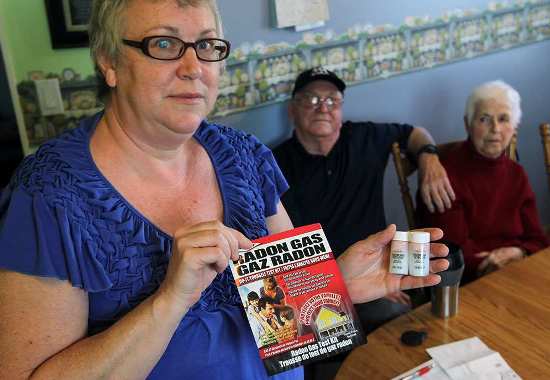-
Tips for becoming a good boxer - November 6, 2020
-
7 expert tips for making your hens night a memorable one - November 6, 2020
-
5 reasons to host your Christmas party on a cruise boat - November 6, 2020
-
What to do when you’re charged with a crime - November 6, 2020
-
Should you get one or multiple dogs? Here’s all you need to know - November 3, 2020
-
A Guide: How to Build Your Very Own Magic Mirror - February 14, 2019
-
Our Top Inspirational Baseball Stars - November 24, 2018
-
Five Tech Tools That Will Help You Turn Your Blog into a Business - November 24, 2018
-
How to Indulge on Vacation without Expanding Your Waist - November 9, 2018
-
5 Strategies for Businesses to Appeal to Today’s Increasingly Mobile-Crazed Customers - November 9, 2018
January is ‘Radon Action Month’
Radon is a naturally occurring, invisible, odorless and tasteless gas that is dispersed in outdoor air, but it can reach harmful levels when trapped in buildings. But January has been designated National Radon Action Month by the Environmental Protection Agency.
Advertisement
Exposure to radon is the second-leading cause of lung cancer in the United States and the number one cause of lung cancer among non-smokers. It usually comes from soil surrounding a home and enters through cracks and opening on a home’s lower levels. Because you can not see, taste, or smell radon, the only way to determine if you have a radon problem in your home is to test for it. Testing involves placing a small device in your home for at least 48 hours and then sending the device to a laboratory for results. It could save the lives of you and your loved ones.
He pointed out that the cooler months mark the best time to test homes for radon, since it is the time of the year when windows and doors are more frequently closed. Testing is easy and affordable.
The EPA estimates radon causes 21,000 deaths annually. Test kits will be available during the month of January and while supplies last.
Advertisement
Testing kits can also be purchased at the American Lung Association website or by calling (1-800-LUNG-USA or 860-289-5401) to order a testing kit. The EPA and U.S. Surgeon General recommend that all homes in the U.S.be tested for radon. A homeowner should hire a qualified radon mitigation (reduction) contractor to decrease airborne radon levels. In case a home test reading is above 4 picocuries per liter, residents should contact a company specializing in removing radon, remarked John O’Brien, who is a Real State One associate broker in Novi.





























